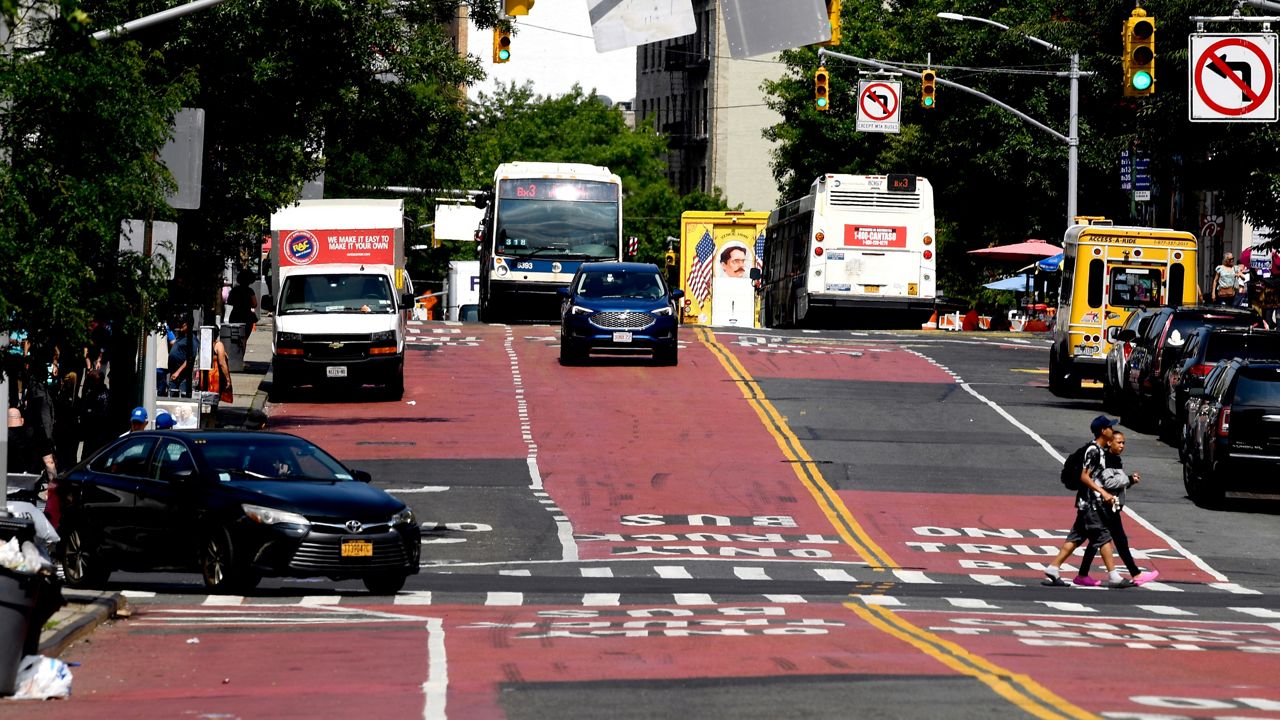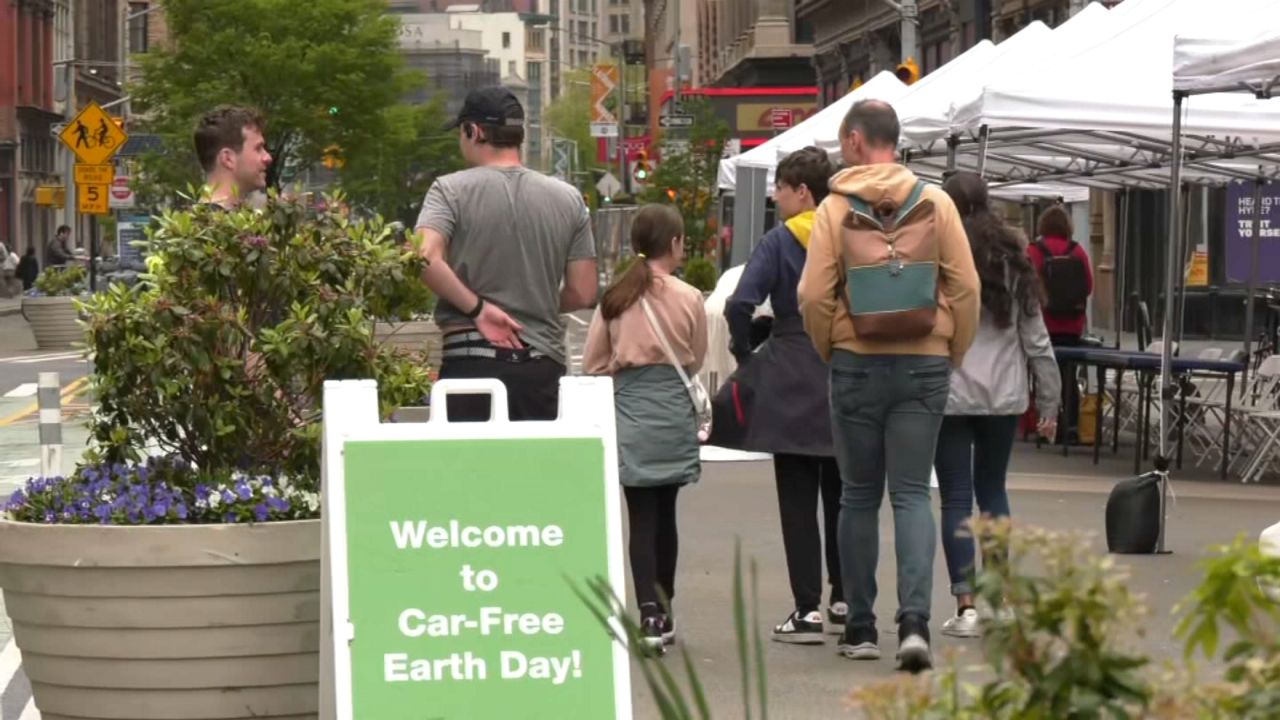There was a sign of hope for straphangers for a second straight month.
The MTA says 70.3 percent of all weekday subway trains reached their destination on time in October, the system's best showing in more than three years.
Fifty-six thousand trains were still late, but that's 8,700 fewer than in the same month a year ago.
Some riders are beginning to notice.
"Trains are running like back to back. I don’t have to stand 15-20 minutes waiting for a train," said one commuter.
Others say they do not believe the new data.
"That's a lie," said one commuter. "Because I ride the subways 10 times a day, 12 times a day, and I always get stuck either on the R, the F, the Q, the number 4."
The improvement represents an early, if modest, win for Andy Byford, who began work in January overseeing the MTA's subway and bus system. That month, the subway hit a low point. Just over 58 percent of all trains reached the end of the line on time, adding to a sense of crisis.
"Anecdotes are one thing. Data is another. And the data clearly shows that major incidents are down, track fires are down, delay incidents are down, operating on-time performance has improved," Byford said.
The MTA credits the improvement in part to its $840 million Subway Action Plan of emergency repairs. That work began 14 months ago.
Byford also credits a series of actions on his watch, including reducing trash on the tracks, a source of fires and flooding; repairing faulty signals; and reducing the time some trains spend in stations. All are things the MTA can control while it awaits lawmakers to agree on billions of dollars in new funding to dramatically modernize the system.
"Getting punctuality right, getting dwell times at the stations right, making sure that signal timers are working properly, getting trains to leave terminals on time. Our hard work is bearing fruit," Byford said.
Still, there are major problems, like the R, where, in October, trains ran on time 48 percent of the time. That contrasts with 93 percent of trians on the L line running on time.
"That operates with the new signaling that we need to install across the whole of New York City Transit," Byford said. "That line regularly exceeds 90 percent on-time performance, so that's the type of figure I want to hit."
While the numbers are trending in a positive direction, transit officials say they'll continue to preach patience to the public while they work toward bigger fixes in the future.






_Dnt_MTA_Fare_Gates_Clean)
_LLV_Dnt_Super_Speeders_Bill_Clean_134073220_675)

